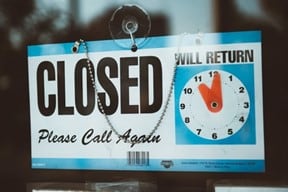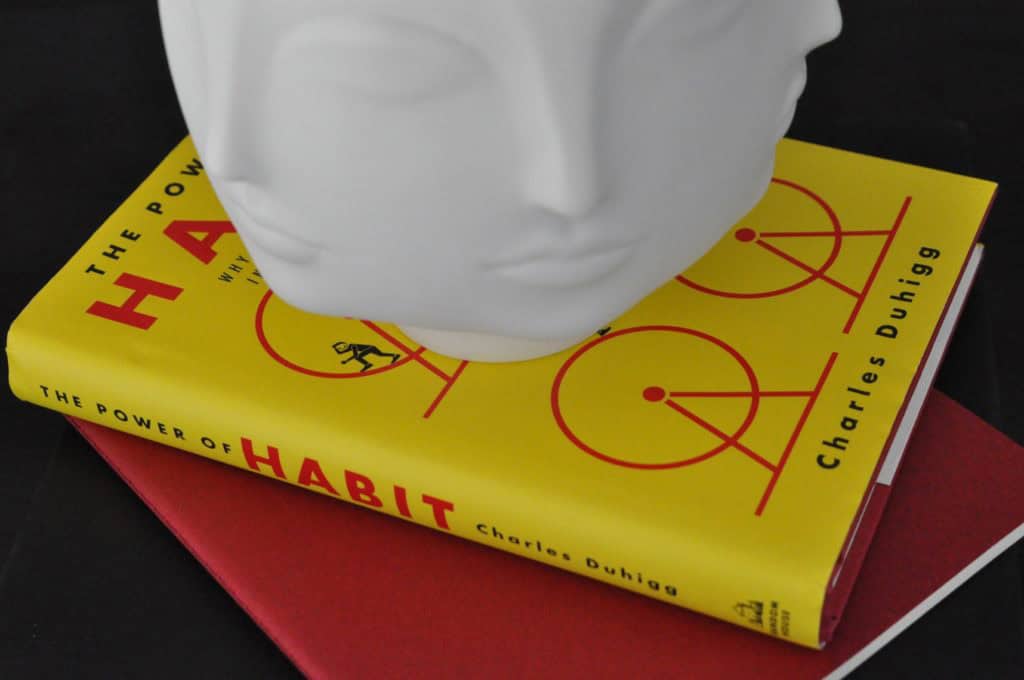Balance, it seems, has left the building… and collectively we have moved from working at home, to living at work.
How, I’ve been wondering, do we decontaminate our home after a day’s work? How can we create space for rest and leisure, and protect ourselves from overwhelm and overwork?
What I’m hearing is that the global shift to remote working undoubtedly has upsides: more flexibility, no commute, more connection with what’s “local”, a return to simple pleasures.
BUT there are plenty of downsides: longer days, endless Zoom meetings, more emails and, most significantly for the women I speak with, the almost impossible challenge of switching off from work when it is right there in your home with you.
These women are starting to burn out.

I had a memorable conversation with a colleague recently. She lamented, “I realise I am one of those who have moved into the category of living at work. It’s tough. Work is slamming me.”
Based in London, with a team spread across Europe, HO in New York and clients on every continent, this MD has worked hard to keep her momentum and motivation going this year. But it is getting harder as the weeks and months drag on.
She and her husband, also a senior manager in a multinational institution, have been working from home since April.
She went on to say, “Work is so with you. So present. There is this constant reminder that work is just an arms-length away. It’s so stressful.”
Rituals and habits have been crucial to her sense of balance. Every Friday, the laptops and other paraphernalia are packed up and moved off the dining room table and into a spare bedroom. And the door is closed. It’s a bit of a painful process, she says, but the benefits have been huge. Out of sight, out of mind.
She is intentionally creating space for a weekend.
Since the pandemic began, the very rhythm of our life has changed dramatically. There used to be weekends. Weekends were fundamentally different from weekdays.
We need to create them now that we are working from home, with rituals to make sure we are hyper-aware of the transition for work to home, from workday to evening leisure, from weekday to weekend.
“I said to my husband that we are packing up the home office over Christmas and putting everything away. And it’s not coming back out until the Christmas decorations come down!”

Create routines to decontaminate your home and slough off the workday
Here are some suggestions shared by my own mentors and coaches and one notable Academy, Emmy and BAFTA Award winner:
Habit Stacking
You’ll never change your life until you change something you do daily. The secret of your success is found in your daily routine.
John C. Maxwell
This sounds good in theory yet forming new habits and breaking the norms of expectation can be hard work.
Valerie Khoo, CEO of the Australian Writers’ Centre, recommends using the Habit Stacking technique to build supportive routines. She says the trick to forming new habits is to attach the new habit to the day-to-day ones you do without thinking.
The Habit Stacking Formula = After/Before [CURRENT HABIT], I will [NEW HABIT].
For example: After brushing my teeth, I will do ten push ups.
Another example: During December, after stacking the dishwasher each night, I will turn the alerts off all my electronic devices.
Valerie promises that these can be quite fun to do, especially if you’re stacking with a daily habit you enjoy. For example, if you enjoy a cup of tea at the end of the workday, your new habit might be to close all documents, apps and windows and logout of email while you drink it.
Unhelpful habits have likely come from unconscious habit stacking. If you currently browse through social media while drinking your cup of tea, that’s a routine you’ve learnt over time from linking these two habits together.
This week I encourage you to select one thing that you are willing to do to create a delineation in time and space between work and home. It can be big or small. And link this thing to an existing habit.
For a deeper dive into why habit stacking is so powerful, “Atomic Habits” by James Clear is a very practical and hands-on guide to breaking bad routines and making good ones.
Decontamination
“Do you know how to create a workspace so that you know when you are working and when you are at home?” asks Michael Grinder, a master trainer in NLP and the science of non-verbal communication.
He says that for those working from home as a result of the pandemic, decontamination is the number one skill we need to master.
“We used to say, ‘we go to work’ and ‘we come home from work, to our home, our castle’. Now we are working inside our castle. You are contaminating the castle with work.
So, you’ve got to figure out how to cue yourself when you are at work and when you are at home.
I’ve heard of someone who uses a scarf as her cue. When she has the scarf on, she is indicating to all members of the household, ‘I’m at work’. When she takes the scarf off, she’s not at work.”
Intentionally managing non-verbal cues can be very powerful.
They send a very loud message to yourself and to other members of your household – turn off all the dings, beeps and chimes that notify you of an incoming messages. Close the lid of your laptop; turn off the overhead lights and turn on a table lamp; change your shoes or clothes; close the door to your home office if possible. Even simply standing up and moving to sit in a different chair around the dining room table signifies the transition.
Sloughing Off
In the HBO series, The Undoing, Nicole Kidman plays Grace, an affluent New York City therapist with a charismatic British husband who cures children’s cancer (played by the charming Hugh Grant).
In one of her countless recent interviews, Nicole Kidman says one of the most difficult aspects of the role was staying in the psychological state of her character as she “traverses the whole emotional gamut in relation to her relationship, her family, her life being taken and turned upside down.”
“It was a really uncomfortable state to exist in because it wasn’t the place I wanted to be in,” she says. “Obviously it’s much nicer to be doing something where it’s filled with joy and love. And this was not; this was far more of a rollercoaster, the demise of a relationship and the pendulum swinging back and forth all the time.”
She goes on to say how incredibly important it was to slough off the character after filming was complete. In the days and weeks after, she did this by taking the time to rediscover the joy of swimming, walking barefoot on the beach and bathing in oils, before moving on to her next venture.
Letting go of the day
Right now, this week, this month, this year, we need to establish routines and rituals to decontaminate our home and slough off the workday, more than ever.
And we do this with effort and intention. We do this through intentional routine and creating moments.
Reclaiming access to the capacity to step out of work and step into home.
This week, as you reach out to pull the lid of your laptop down to the closed position, watching the screen fade to black, say this mantra, inspired by Sarah Edelman PhD:
It is time for me to let go of the day.
The experiences of the day are over, and I can release them.
If there are any issues I need to deal with, I can do that tomorrow.
Now it is the time for me to release all the thoughts of the day,
And let the rhythm of the day carry me away.
You can do this!
Be the obvious choice to the C-Suite.
Sign up to receive future episodes direct to your inbox here.

